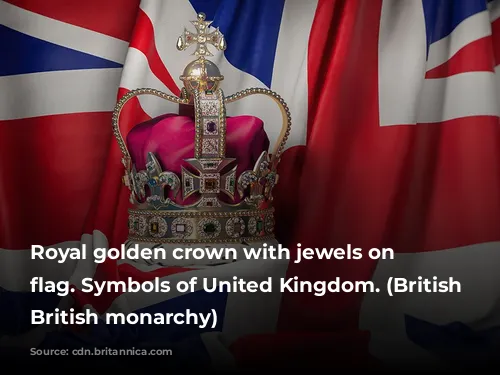The Tower of London, a symbol of British history and a captivating landmark, stands proudly on the north bank of the River Thames. Its story stretches back centuries, a testament to power, intrigue, and transformation.
The heart of the fortress, the White Tower, was erected in the 11th century by William the Conqueror, immediately after his coronation. Its imposing presence, overlooking the bustling river, solidified the Conqueror’s control over London. Built with limestone quarried from Caen in Normandy, the White Tower served as a symbol of his authority and a powerful defense against any threats.
A Fortress Evolving Through Time
Over the centuries, the Tower expanded beyond its original walls, becoming a complex of concentric defenses. The inner “curtain” with its 13 towers, including the infamous Bloody Tower, Beauchamp Tower, and Wakefield Tower, provided an impenetrable barrier. Beyond the inner curtain lay the outer defenses, surrounded by a moat that once connected to the Thames.
Traitors’ Gate, a 13th-century watergate, served as a chilling reminder of the Tower’s role as a state prison. Prisoners, accused of treachery, were brought through this gate, facing their fate within the Tower’s imposing walls. The gate’s name serves as a chilling reminder of the Tower’s darker history.

A Place of Power and Punishment
The Tower of London held a dual role as a royal residence and a place of imprisonment. Its history is punctuated by tales of power struggles, conspiracies, and executions. From the 13th century until the 19th century, the Tower housed the Royal Menagerie, a collection of exotic animals.
The Tower’s grounds echoed with the cries of those accused of treason. Famous figures such as Sir Thomas More, Anne Boleyn, and Guy Fawkes all met their fate within its walls, their names forever etched in history.
The Tower became a symbol of both royal power and the dark side of justice. Its grim legacy is woven into the fabric of London, reminding us of the complex and often brutal nature of the past.
From Jewels to Ravens
Until recently, the British Crown Jewels found safe haven within the Tower’s underground Jewel House. Today, they are displayed in a more accessible location, allowing visitors to marvel at their splendor.
The Tower of London is a living testament to history, a place where the past comes alive through its architecture, its stories, and its traditions. The presence of the yeoman warders, known affectionately as “beefeaters”, adds to its charm.
The ravens, with their clipped wings, remain a symbol of the Tower’s enduring legend. Legend states that should the ravens leave the Tower, disaster will befall the nation. They serve as a reminder of the ancient traditions and superstitions that cling to this historic site.
A Legacy of Power and History
The Tower of London, with its imposing presence and captivating stories, continues to attract visitors from all over the world. It stands as a symbol of Britain’s rich history, a testament to its power, its resilience, and the enduring legacy of its monarchs.





